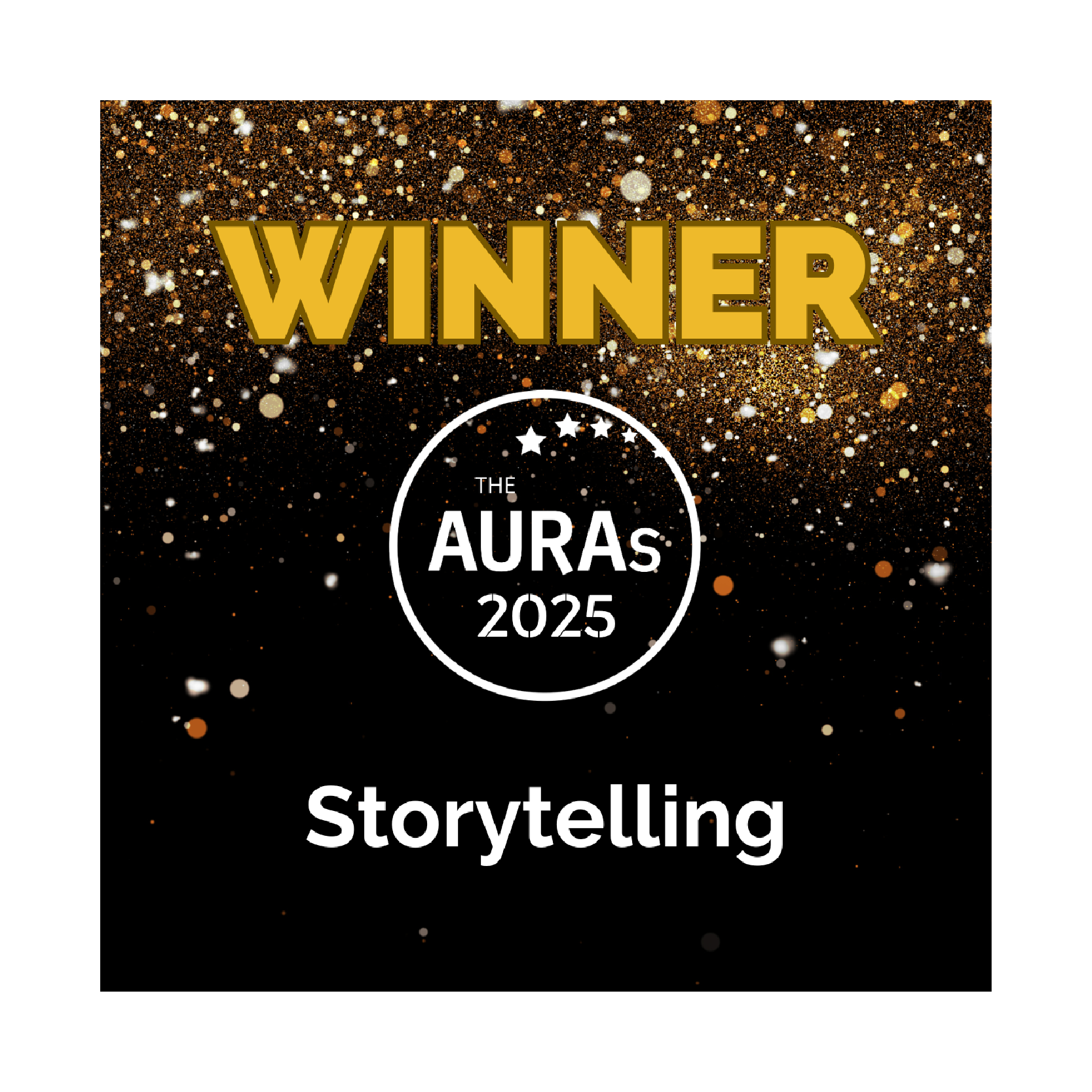How to run workshops that drive action
Written by Alice Langthorne
Do your workshop objectives sometimes turn into obstacles? Do your findings feel flat the moment the session ends? Does the experience result in ticking boxes rather than taking action? Well, you're not alone and help is here!
As an Insight Activation Partner for some of the UK's biggest brands, we know the secrets to ensure you align, immerse, ideate, and activate through successful workshops. And while your objectives and challenges are unique, the recipe for success is not. Impactful workshops don't happen by accident, they're crafted to succeed from the outset.
Here are my top tips for running workshops that don't just tick boxes but drive real engagement and action.

TIP #1: PREPARATION IS KEY
GATHER THE RIGHT PEOPLE IN THE RIGHT PLACE AT THE RIGHT TIME
A workshop is only as good as the people in it. Make sure you invite a cross-functional mix of attendees who can contribute to the objective. Don’t just default to the usual team tackling this challenge day in, day out. Less experienced participants can bring fresh perspectives, so don’t overlook them. In terms of numbers, we recommend 12 to 20 people. This keeps discussions manageable while allowing for effective breakout groups. Throughout the workshop, mix up teams to encourage new dynamics, collaboration and fresh thinking.
The environment plays a crucial role in setting the tone. Whether on-site or off-site, certain elements are non-negotiable: plenty of natural light, a spacious and flexible layout, and ample wall space for all those Post-its. If budget allows, an off-site venue can provide a fresh perspective and boost energy. But even if you’re staying in-house, small changes can make a big impact. Rearrange the room, introduce unexpected elements, and use stimulus like posters, videos, or rummage boxes to bring the insights to life.
SET THE SCENE WITH INVITATIONS AND PRE-TASKS
Once you’ve aligned on the right team and space, give them plenty of notice and make the invite impossible to ignore. Think beyond the standard Outlook request. What’s the most memorable invitation you’ve ever received? Maybe it was printed, beautifully designed, or even included a scannable QR code unlocking more information. Set the tone early and build anticipation before they walk through the door.
We often hear concerns that attendees won’t have time to complete a pre-task. But we’ve seen huge value in setting a short activity beforehand. A pre-task kick-starts thinking, helps gather stimulus for discussion and can even spark a bit of competitive energy before the session. Keep it simple, engaging and relevant to the workshop’s objective.

TIP #2: ENGAGEMENT MATTERS
REMEMBER THE THREE C'S: CLARIFY, COLLABORATE, AND CONNECT
At the start of the session, clearly outline the roadmap so participants understand the journey. Setting expectations upfront helps maintain engagement and ensures everyone is aligned on the objectives and process.
Workshops shouldn’t feel like an agency presenting to a passive audience. Collaboration is key — engage attendees as early as possible to ensure they feel ownership of the session. This could be through presenting back their pre-task, small-group discussions, or interactive exercises that bring the challenge to life. The best workshops shift perspectives, and the right tools make that happen. There’s no one-size-fits-all approach, so choose techniques that encourage new ways of looking at the problem. Whether it’s creative prompts, structured frameworks, or lateral thinking exercises, tailor your approach to the challenge at hand. But remember simplicity wins. Frameworks and models should be easy to understand and apply, if it’s too complex, it won’t stick.
Nothing grounds a workshop like real customer perspectives. If possible, bring real consumers into the room. It’s a powerful way to build empathy and connection. If that’s not feasible, video clips, audio soundscapes, or engaging insight summaries can help ensure customer voices are remembered and acted upon. Keep insights digestible and impactful so they don’t get lost in the process.
FUEL THE BODY AND THE MIND
People will remember the food. Always. It’s worth investing in a mix of healthy, brain-fuelling food alongside those sugary snacks (yes, the mini Haribo packs are non-negotiable). A well-fed team is an engaged team!

TIP #3: THE END IS NOT THE END
END WITH CLEAR OWNERSHIP AND NEXT STEPS
Workshops can be full of energy but what happens after matters just as much. Make sure every participant leaves knowing what’s next. Ask them to write a personal pledge on what they’ll take back to their role or involve them in creating a roadmap for their business function. The momentum shouldn’t end when the workshop does. Workshops should translate what we know into what we do.
Workshops aren’t just meetings with sticky notes. They’re opportunities to create real change. By designing them with purpose, energy, and clear next steps, you can ensure they don’t just feel productive in the moment but drive impact long after the room is cleared.
EXPLORE MORE OF CHATTERBOX
Some of our recent blog posts include:







